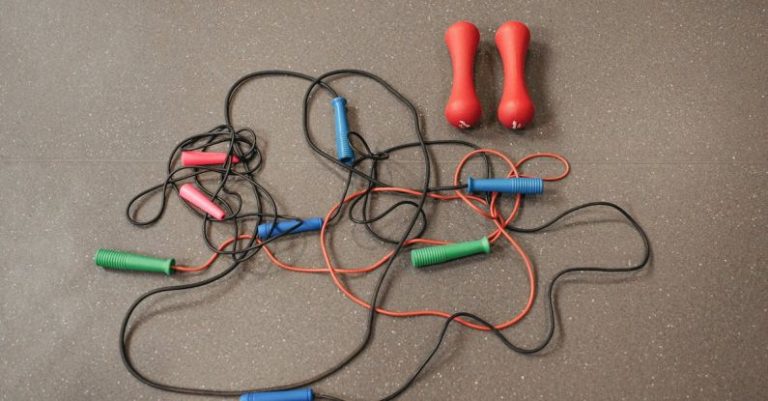Advanced Manufacturing Techniques for Composite Materials
Composite materials have become increasingly popular in various industries due to their lightweight, high strength, and corrosion-resistant properties. Advanced manufacturing techniques play a crucial role in the production of composite materials, ensuring precise and efficient fabrication processes. From aerospace to automotive industries, the use of composite materials has revolutionized the way products are designed and manufactured. In this article, we will explore some of the advanced manufacturing techniques used for composite materials.
### Automated Fiber Placement (AFP)
Automated Fiber Placement (AFP) is a cutting-edge manufacturing technique that involves the precise placement of continuous fibers onto a substrate to create composite structures. This automated process allows for complex geometries to be achieved with high accuracy and repeatability. AFP systems use robotic arms equipped with specialized end effectors to lay down the fibers in a predetermined pattern, optimizing material usage and reducing waste. The ability to control fiber orientation and ply thickness makes AFP ideal for producing components with tailored mechanical properties.
### Resin Transfer Molding (RTM)
Resin Transfer Molding (RTM) is a closed-mold manufacturing process used to produce high-performance composite parts with complex shapes and tight tolerances. In RTM, dry reinforcement materials are placed in a mold, and liquid resin is injected under pressure to impregnate the fibers. The mold is then cured under heat and pressure to create a strong and durable composite part. RTM offers excellent surface finish and dimensional stability, making it a preferred choice for applications requiring high-quality composite components.
### Automated Tape Laying (ATL)
Automated Tape Laying (ATL) is a versatile manufacturing technique that involves laying preimpregnated tape onto a flat or contoured surface to build up composite structures layer by layer. ATL systems use computer-controlled robotic heads to accurately position and compact the tape, ensuring consistent fiber alignment and resin distribution. This process is highly efficient and allows for rapid production of composite parts with varying thicknesses and orientations. ATL is commonly used in the aerospace and automotive industries for manufacturing components such as fuselages, wings, and automotive body panels.
### Additive Manufacturing (AM)
Additive Manufacturing (AM), also known as 3D printing, is a disruptive technology that is increasingly being adopted for the production of composite materials. AM allows for the direct fabrication of complex composite parts layer by layer, eliminating the need for traditional molds and tooling. By combining continuous fibers with thermoplastic or thermoset resins, AM enables the creation of lightweight and customized composite components with minimal material waste. This advanced manufacturing technique offers design flexibility and cost-effective production of prototypes and small batch production runs.
### Out-of-Autoclave (OOA) Processing
Out-of-Autoclave (OOA) processing is a low-cost alternative to traditional autoclave curing methods for manufacturing composite materials. OOA processes involve curing composite parts at lower pressures and temperatures, reducing energy consumption and production time. Vacuum bagging, oven curing, and resin infusion are some of the techniques used in OOA processing to create high-quality composite structures. OOA processing is ideal for large-scale production of composite components in industries such as wind energy, marine, and sports equipment.
### Advanced Joining Techniques
Advanced joining techniques are essential for assembling composite structures to create complex assemblies and multi-material components. Methods such as adhesive bonding, mechanical fastening, and hybrid joining combine the advantages of different materials to optimize performance and durability. Adhesive bonding provides a lightweight and corrosion-resistant bond between composite parts, while mechanical fastening offers ease of disassembly and repair. Hybrid joining techniques, such as bolted joints with adhesive reinforcement, enhance the structural integrity of composite assemblies.
### In-situ Monitoring and Quality Control
In-situ monitoring and quality control systems are critical for ensuring the integrity and consistency of composite manufacturing processes. Real-time sensors and non-destructive testing techniques are used to monitor parameters such as fiber alignment, resin flow, and cure progression during production. By detecting defects and deviations early in the manufacturing process, in-situ monitoring systems enable timely adjustments to optimize product quality and reduce scrap rates. Advanced quality control measures, including thermal imaging, ultrasonic testing, and optical inspection, help manufacturers maintain strict adherence to specifications and standards.
### Innovative Surface Treatments
Innovative surface treatments are employed to enhance the bonding and durability of composite materials in various applications. Surface modification techniques such as plasma treatment, laser ablation, and chemical etching improve the adhesion properties of composites with other materials or coatings. These treatments create a clean and roughened surface that promotes mechanical interlocking and chemical bonding between the composite and the adhesive or coating. By enhancing surface wettability and bonding strength, innovative surface treatments contribute to the overall performance and longevity of composite structures.
### Sustainable Manufacturing Practices
Sustainable manufacturing practices are gaining traction in the composite materials industry to reduce environmental impact and promote resource efficiency. Recycling of composite waste, use of bio-based resins, and energy-efficient production processes are some of the initiatives being adopted by manufacturers to minimize carbon footprint and waste generation. By implementing sustainable practices throughout the product lifecycle, from material sourcing to end-of-life disposal, companies can not only reduce costs but also contribute to a greener and more environmentally friendly manufacturing industry.
### The Future of Advanced Manufacturing for Composite Materials
The future of advanced manufacturing for composite materials lies in continuous innovation and integration of emerging technologies. From digital twin simulations and artificial intelligence for process optimization to nanotechnology and self-healing materials for enhanced performance, the possibilities are endless. As industries continue to demand lightweight, high-strength, and sustainable solutions, advanced manufacturing techniques will play a pivotal role in shaping the future of composite materials. By embracing collaboration, research, and development, manufacturers can unlock new opportunities and push the boundaries of what is possible in the world of composite materials.






